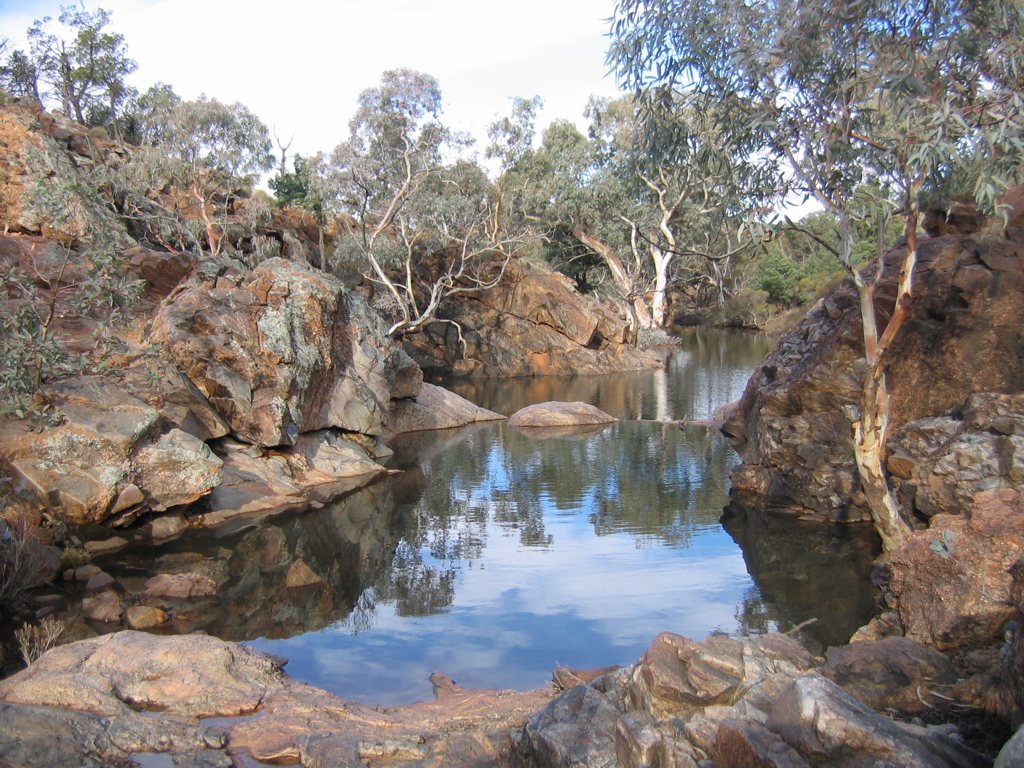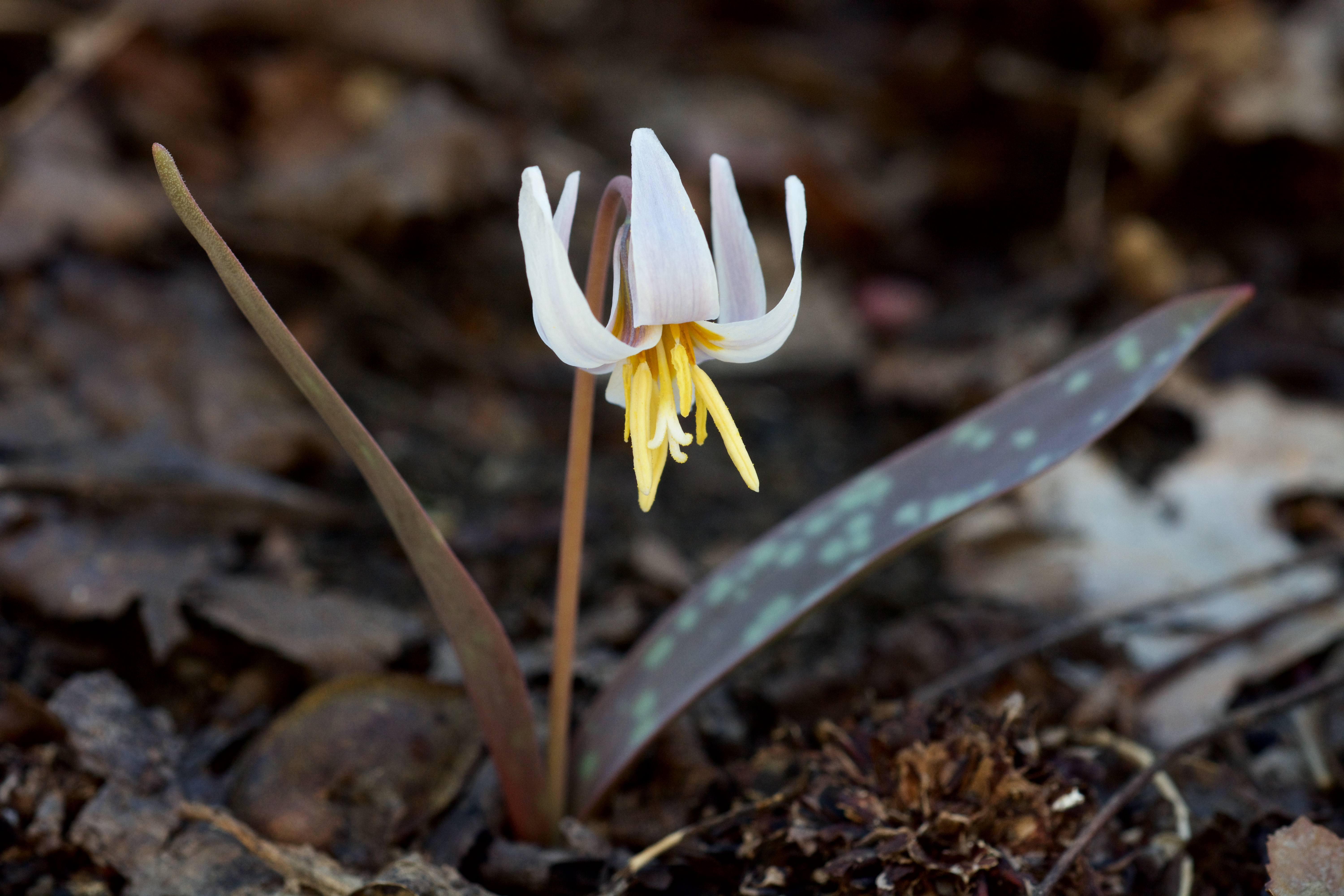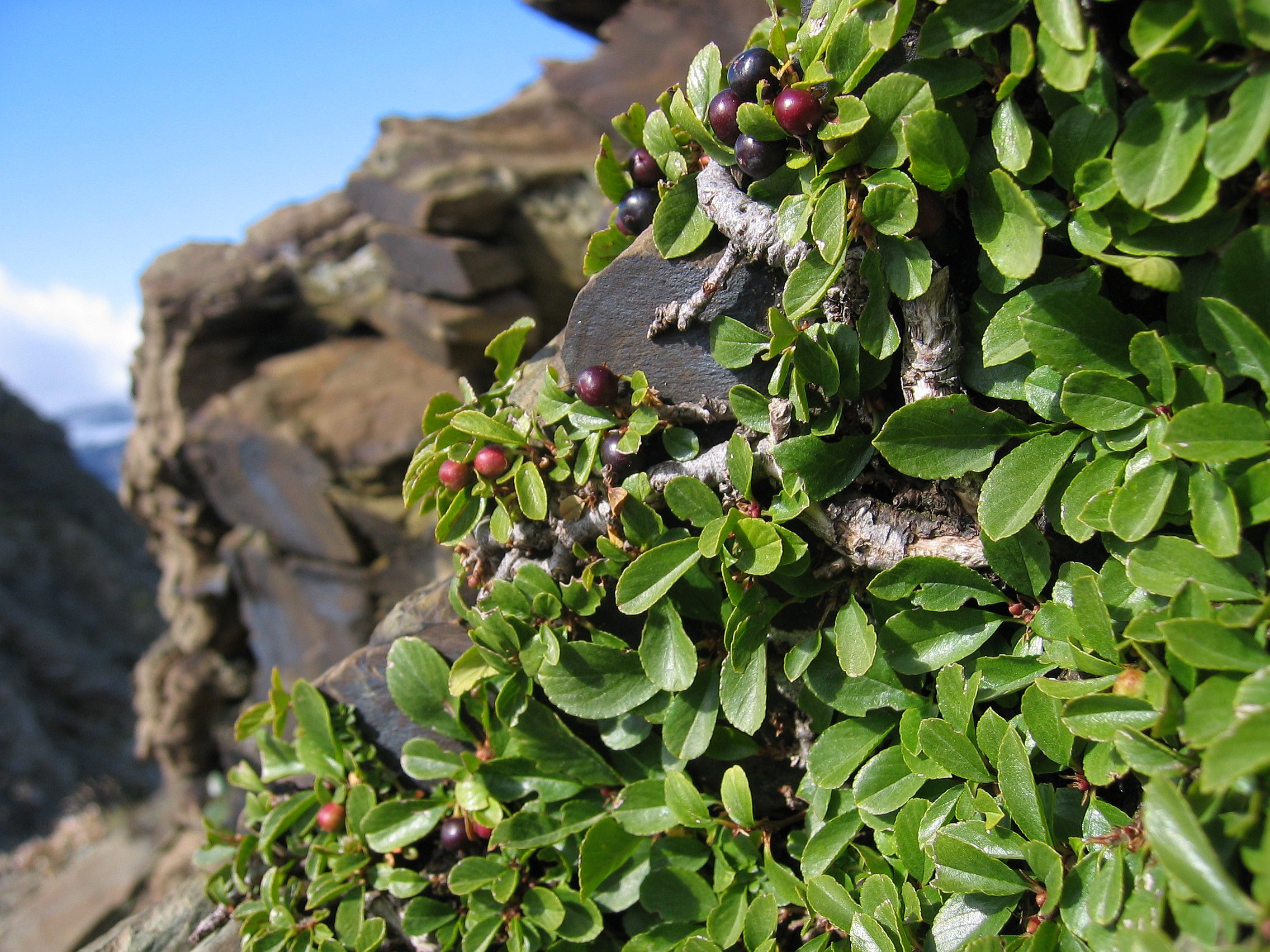|
Dwarf Trout Lily
''Erythronium propullans'', the Minnesota dwarf trout lily, Minnesota adder's tongue or Minnesota fawnlily, is a rare plant endemic to the Cannon River and North Fork Zumbro River watersheds in Rice County, Goodhue County and the extreme northern edge of Steele County, Minnesota, in the United States. The plant is closely related to the white trout lily (''Erythronium albidum'') and is believed to have evolved less than 9,000 years ago. It was listed as an endangered species of the United States under the Endangered Species Act in 1986. The plants flower in the spring at the same time as hepaticas, Dutchman's breeches, bloodroot, and other spring wildflowers. Nerstrand-Big Woods State Park, River Bend Nature Center, and several tracts owned by The Nature Conservancy protect portions of its habitat. Description ''Erythronium propullans'' is a perennial growing from a small bulb. It has smaller flowers than ''E. albidum'', often only 1 cm long with a pinkish tint to the ... [...More Info...] [...Related Items...] OR: [Wikipedia] [Google] [Baidu] |
Asa Gray
Asa Gray (November 18, 1810 – January 30, 1888) is considered the most important American botany, botanist of the 19th century. His ''Darwiniana'' (1876) was considered an important explanation of how religion and science were not necessarily mutually exclusive. Gray was adamant that a genetic connection must exist between all members of a species. He was also strongly opposed to the ideas of hybridization within one generation and special creation in the sense of its not allowing for evolution. He was a strong supporter of Darwin, although Gray's theistic evolution was guided by a Creator. As a professor of botany at Harvard University for several decades, Gray regularly visited, and corresponded with, many of the leading natural scientists of the era, including Charles Darwin, who held great regard for him. Gray made several trips to Europe to collaborate with leading European scientists of the era, as well as trips to the southern and western United States. He also built a ... [...More Info...] [...Related Items...] OR: [Wikipedia] [Google] [Baidu] |
River Bend Nature Center
River Bend Nature Center is a non-profit day-use nature center in the city of Faribault, Minnesota. It was established in the late 1970s as an educational non-profit. The nature center encompasses cradling the Straight River. There are of formal hiking trails with some also available for skiing, snowshoeing, biking, and snowmobiling. The main Interpretive Center houses naturalist staff, displays, Windows on the Wild backyard bird habitat, and the Carlander Nature Library. The Trailside Center is a 3-season programming and maintenance facility. Five peripheral parcels of River Bend are owned by The Nature Conservancy The Nature Conservancy (TNC) is a global environmental organization headquartered in Arlington, Virginia, United States. it works via affiliates or branches in 79 countries and territories, as well as across every state in the US. Founded in .... Notable flora and fauna The center contains a variety of habitats including wetlands, forests, and more tha ... [...More Info...] [...Related Items...] OR: [Wikipedia] [Google] [Baidu] |
Ephemeral Plants
Ephemerality (from the Greek word , meaning 'lasting only one day') is the concept of things being transitory, existing only briefly. Academically, the term ephemeral constitutionally describes a diverse assortment of things and experiences, from digital media to types of streams. "There is no single definition of ephemerality". With respect to unique performances, for example, it has been noted that " hemerality is a quality caused by the ebb and flow of the crowd's concentration on the performance and a reflection of the nostalgic character of specific performances". Because different people may value the passage of time differently, ephemerality may be a relative, perceptual concept: "In brief, what is short-lived may not be the object itself, but the attention we afford it".Ronald Beiner, ''Political Philosophy: What It Is and Why It Matters'' (2014), p. 10. Ephemerality and nature Geographical features An ephemeral stream is that which only exists following precipitation. ... [...More Info...] [...Related Items...] OR: [Wikipedia] [Google] [Baidu] |
Erythronium
''Erythronium'', the fawn lily, trout lily, dog's-tooth violet or adder's tongue, is a genus of Eurasian and North American plants in the Liliaceae, lily family, most closely related to tulips. The name Erythronium derives from Ancient Greek () "red" in Greek, referring to the red flowers of Erythronium dens-canis, ''E. dens-canis''. Of all the established species, most live in North America; only six species are found in Europe and Asia. Taxonomy It was published by Carl Linnaeus in 1753Linné, Carl von, & Salvius, Lars. (1753). Caroli Linnaei ... Species plantarum :exhibentes plantas rite cognitas, ad genera relatas, cum differentiis specificis, nominibus trivialibus, synonymis selectis, locis natalibus, secundum systema sexuale digestas... (Vol. 1, p. 305). Impensis Laurentii Salvii. https://www.biodiversitylibrary.org/page/358324 with ''Erythronium dens-canis'' as the type species. Species ''Erythronium'' includes about 20–30 species of Hardiness (plants), hardy spr ... [...More Info...] [...Related Items...] OR: [Wikipedia] [Google] [Baidu] |
USFWS
The United States Fish and Wildlife Service (USFWS or FWS) is a U.S. federal government agency within the United States Department of the Interior which oversees the management of fish, wildlife, and natural habitats in the United States. The mission of the agency is "working with others to conserve, protect, and enhance fish, wildlife, plants and their habitats for the continuing benefit of the American people." Among the responsibilities of the USFWS are enforcing federal wildlife laws; protecting endangered species; managing migratory birds; restoring nationally significant fisheries; conserving and restoring wildlife habitats, such as wetlands; helping foreign governments in international conservation efforts; and distributing money to fish and wildlife agencies of U.S. states through the Wildlife Sport Fish and Restoration Program. The vast majority of fish and wildlife habitats are on state or private land not controlled by the United States government. Therefore, the U ... [...More Info...] [...Related Items...] OR: [Wikipedia] [Google] [Baidu] |
Rhamnus Cathartica
''Rhamnus cathartica'', the European buckthorn, common buckthorn, purging buckthorn, or just buckthorn, is a species of small tree in the flowering plant family Rhamnaceae. It is native to Europe, northwest Africa and western Asia, from the central British Isles south to Morocco, and east to Kyrgyzstan. It was introduced to North America as an ornamental shrub in the early 19th century or perhaps before, and is now naturalisation (biology), naturalized in the northern half of the continent, and is classified as an invasive plant in several US states and in Ontario, Canada. Description ''Rhamnus cathartica'' is a deciduous, dioecious shrub or small tree growing up to tall, with grey-brown bark and often thorny branches. The leaf, leaves are elliptic to oval, long and broad; they are green, turning yellow in autumn, have toothed margins, and are arranged somewhat variably in opposite to subopposite pairs or alternately. The flowers are yellowish-green with four petals; they ar ... [...More Info...] [...Related Items...] OR: [Wikipedia] [Google] [Baidu] |
Buckthorn
''Rhamnus'' is a genus of about 140 accepted species of shrubs or small trees, commonly known as buckthorns, in the family Rhamnaceae. Its species range from tall (rarely to ) and are native mainly in east Asia and North America, but found throughout the temperate and subtropical Northern Hemisphere, and also more locally in the subtropical Southern Hemisphere in parts of Africa and South America. One species, the common buckthorn (''Rhamnus cathartica''), is able to flourish as an invasive species, invasive plant in parts of Canada and the United States, where it has become naturalisation (biology), naturalized. Both deciduous and evergreen species occur. The leaves are simple, long, and arranged alternately, in opposite pairs, or almost paired (subopposite). One distinctive character of many buckthorns is the way the venation (botany), veination curves upward towards the tip of the leaf. The plant bears fruits which are black or red berry-like drupes. The name is due to the ... [...More Info...] [...Related Items...] OR: [Wikipedia] [Google] [Baidu] |
Invasive Species
An invasive species is an introduced species that harms its new environment. Invasive species adversely affect habitats and bioregions, causing ecological, environmental, and/or economic damage. The term can also be used for native species that become harmful to their native environment after human alterations to its food web. Since the 20th century, invasive species have become serious economic, social, and environmental threats worldwide. Invasion of long-established ecosystems by organisms is a natural phenomenon, but human-facilitated introductions have greatly increased the rate, scale, and geographic range of invasion. For millennia, humans have served as both accidental and deliberate dispersal agents, beginning with their earliest migrations, accelerating in the Age of Discovery, and accelerating again with the spread of international trade. Notable invasive plant species include the kudzu vine, giant hogweed (''Heracleum mantegazzianum''), Japanese knotw ... [...More Info...] [...Related Items...] OR: [Wikipedia] [Google] [Baidu] |
Floodplain
A floodplain or flood plain or bottomlands is an area of land adjacent to a river. Floodplains stretch from the banks of a river channel to the base of the enclosing valley, and experience flooding during periods of high Discharge (hydrology), discharge.Goudie, A. S., 2004, ''Encyclopedia of Geomorphology'', vol. 1. Routledge, New York. The soils usually consist of clays, silts, sands, and gravels deposited during floods. Because of regular flooding, floodplains frequently have high soil fertility since nutrients are deposited with the flood waters. This can encourage farming; some important agricultural regions, such as the Nile and Mississippi Basin, Mississippi Drainage basin, river basins, heavily exploit floodplains. Agricultural and urban regions have developed near or on floodplains to take advantage of the rich soil and freshwater. However, the Flood risk, risk of inundation has led to increasing efforts to Flood control, control flooding. Formation Most floodplai ... [...More Info...] [...Related Items...] OR: [Wikipedia] [Google] [Baidu] |
Faribault, Minnesota
Faribault ( ) is a city in and the county seat of Rice County, Minnesota, United States. The population was 24,453 at the 2020 census. Faribault is approximately south of Minneapolis–Saint Paul. Interstate 35 and Minnesota State Highways 3, 21, and 60 are the principal highways serving the city. Faribault is situated at the confluence of the Cannon and Straight Rivers in southern Minnesota. History Faribault is regarded as one of the most historic communities in Minnesota, with settlement and commercial activity predating Minnesota's establishment as a U.S. Territory. Until 1745, the area was primarily occupied by the Wahpekute band of Dakotah. Shortly thereafter, the tribe was driven south after several clashes with the Ojibwe over territory. The city's namesake, Alexander Faribault, was the son of Jean-Baptiste Faribault, a French-Canadian fur trader, and Elizabeth Pelagie Kinzie Haines, a Dakotah woman. He is credited with fueling most of the early s ... [...More Info...] [...Related Items...] OR: [Wikipedia] [Google] [Baidu] |
Cloning
Cloning is the process of producing individual organisms with identical genomes, either by natural or artificial means. In nature, some organisms produce clones through asexual reproduction; this reproduction of an organism by itself without a mate is known as parthenogenesis. In the field of biotechnology, cloning is the process of creating cloned organisms of Cell (biology), cells and of DNA fragments. The artificial cloning of organisms, sometimes known as reproductive cloning, is often accomplished via somatic-cell nuclear transfer (SCNT), a cloning method in which a viable embryo is created from a somatic cell and an egg cell. In 1996, Dolly (sheep), Dolly the sheep achieved notoriety for being the first mammal cloned from a somatic cell. Another example of artificial cloning is molecular cloning, a technique in molecular biology in which a single living cell is used to clone a large population of cells that contain identical DNA molecules. In bioethics, there are a vari ... [...More Info...] [...Related Items...] OR: [Wikipedia] [Google] [Baidu] |







